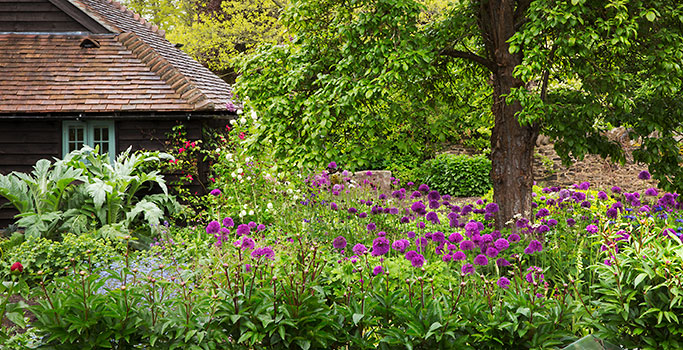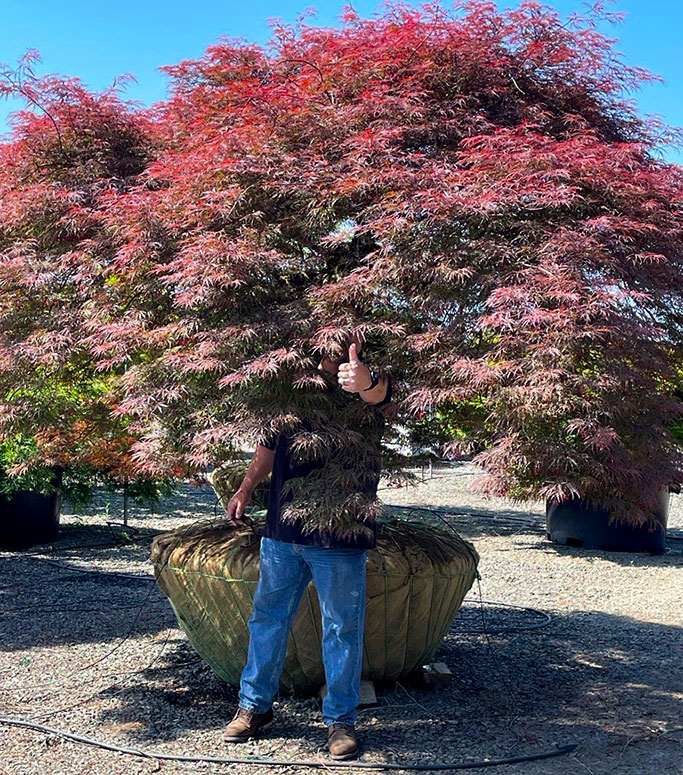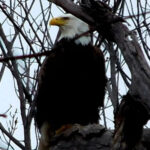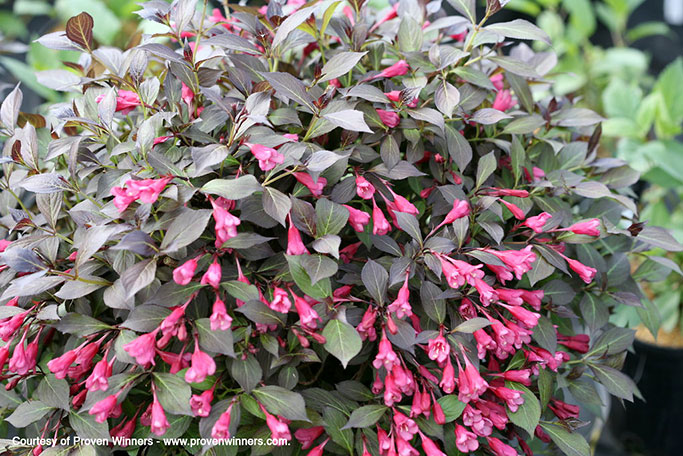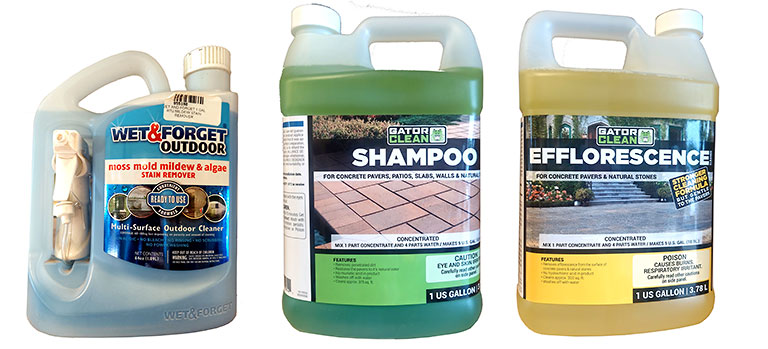Lessons We’ve Learned in Transportation…

... And how they might affect you.
Recently, we’ve had a little bad luck related to our Dump Truck. If you read our article in June, “Making Lemonade Out of Lemons”, you’ll know that we found ourselves in a position of learning about an unfamiliar way of delivering. The truck and dump trailer were a new experience for us, so we had to do some research to be sure we knew how to be safe and legal on the roads.
We didn’t expect to learn as much as we did and realized it might save you, our customers, a lot of stress and hassle to have a refresher on carrying bulk, plants, and hardgoods on Michigan roads.

Let’s start with the definition of a Commercial Vehicle: “…includes all motor vehicles used for the transportation of passengers, for hire, or constructed or used for the transportation of goods, wares or merchandise…” Most of our customers have vehicles that transport goods, wares, or merchandise. I haven’t met a customer yet that relies only on deliveries from us alone. So, all of you have “Commercial Vehicles”, which means you have “Commercial Motor Vehicle Drivers”. Definition, “Any person (including the owner of a company) who operates a commercial motor vehicle.” And the final definition in my list is the GVWR, Gross Vehicle Weight Rating, the value specified by the manufacturer to be the safe loaded weight of a single vehicle. These are the basics, which, likely, you already know.
Here is what you may not know…

This means that our Chevy 2500 towing our Load Trail for business purposes requires a CDL-A driver. In researching our new dump trailer, we discovered that most of the tandem axle trailers being marketed to contractors have a gross vehicle weight rating at or just over 10,000 lbs.

So, what are the consequences if you’re caught with higher-rated vehicles driven by an under-licensed driver? You get “red-flagged”, meaning you must park your rig where it sits until you have a legal driver to move it.
The good news is that being pulled over just to check that the driver is licensed for the GVWR rarely happens. The bad news is that being pulled over for other infractions can be compounded by an under-licensed driver. One of the most common ways to attract unwanted attention is to have your load incorrectly restrained. This means that tarping and using the correct straps for tying down your load is critical. And that… is a whole other article.





